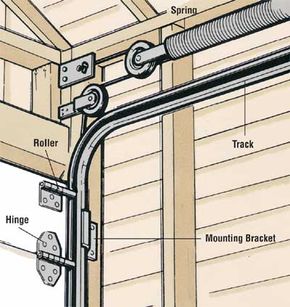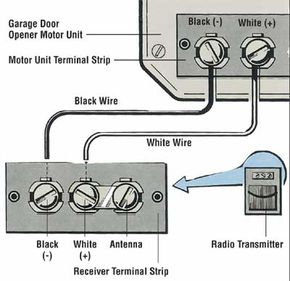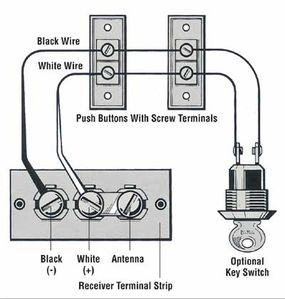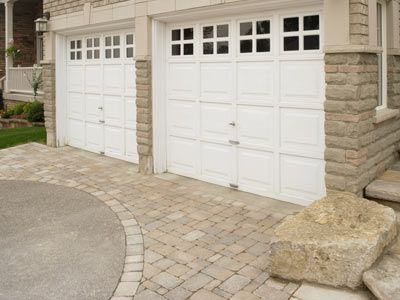There are two main components to a garage door: the door itself and the opener. In this article, we'll tell you how to make repairs to both things. We'll start with the actual door.
Repairing a Garage Door
Overhead garage doors, whether they roll up in sections or swing up in one piece, operate on spring tension. The door moves on metal tracks on the garage walls, and a heavy spring or springs provide the power. In most cases when the door doesn't work easily, repairs are fairly simple. Here are some helpful repair tips:
Advertisement
Step 1: Check the metal tracks inside the garage. Look at the mounting brackets that hold the tracks to the walls. If they're loose, tighten the bolts or screws at the brackets. Working inside the garage with the garage door closed, examine the tracks for dents, crimps, or flat spots. If there are any damaged spots, pound them out with a rubber mallet, or with a hammer and a block of scrap wood. If the tracks are badly damaged, they should be replaced.
Step 2: Check the tracks with a level to make sure they're properly aligned. Horizontal tracks should slant slightly down toward the back of the garage; with roll-up doors, the vertical sections of track should be exactly plumb. Both tracks must be at the same height on the garage walls. If the tracks are not properly aligned, loosen but do not remove the screws or bolts that hold the mounting brackets, and tap the tracks carefully into position. Recheck the tracks with the level to make sure they're in the right position; then tighten the screws or bolts at the mounting brackets.
Step 3: Clean the tracks with concentrated household cleaner to remove dirt and hardened grease. Clean the rollers thoroughly, and wipe both tracks and rollers dry.
Step 5: Check for loose hardware, and tighten as needed. On swing-up doors, check the plates where the spring is mounted to be sure the screws are tight, and tighten any loose screws. On roll-up doors, check the hinges that hold the sections of the door together; tighten any loose screws, and replace any damaged hinges. Sagging at one side of the door can often be corrected by servicing the hinges. If a screw hole is enlarged, replace the screw with a longer one of the same diameter, and use a hollow fiber plug, dipped in carpenters' glue, with the new screw. If the wood is cracked at a hinge, remove the hinge and fill the cracks and the screw holes with wood filler. Let the filler dry and then replace the hinge. If possible, move the hinge onto solid wood.
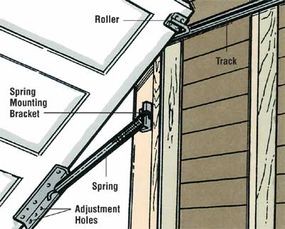
Caution: If a roll-up door has only one torsion spring, at the center of the door, do not try to repair it. The tension is so great that the spring could injure you. For doors with this type of spring, call a professional repair service.
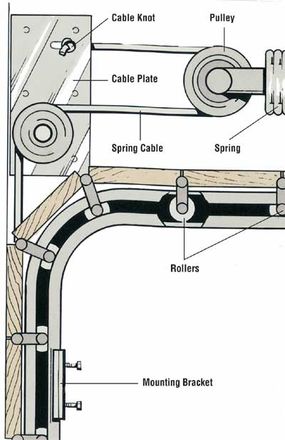
Sometimes the problem with your garage door can be traced to the opener. In the following section, we'll show you how to replace a garage door opener.
Advertisement
